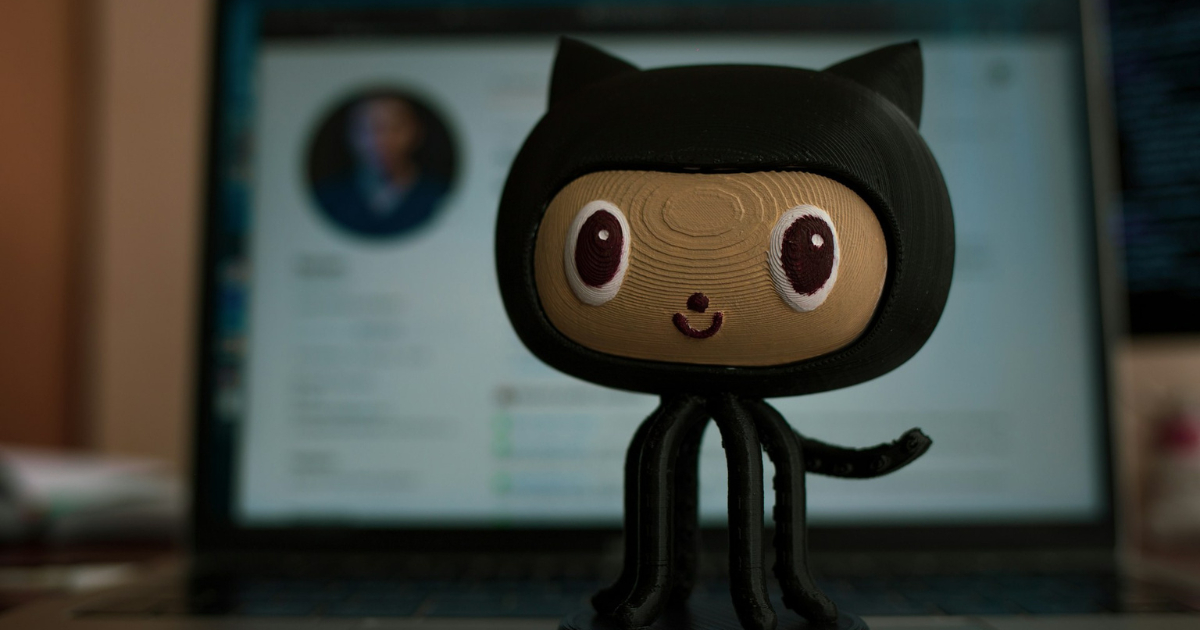The Octocat, GitHub’s quirky and beloved mascot, has become synonymous with the platform’s brand. This mythical creature, blending the features of an octopus and a cat, perfectly captures the spirit of GitHub and its open-source community. But how did the Octocat come to represent GitHub’s commitment to collaboration and innovation? Let’s explore the story behind Mona the Octocat.
Your Questions, Answered.
GitHub, the world’s largest software development platform, is synonymous with its charming GitHub mascot, the Octocat. But what exactly is an octocat, and why did GitHub choose this peculiar creature to represent their branding and community? Let’s dive into the fascinating story behind the Octocat.
What is an Octocat?
An octocat is a mythical creature that blends the characteristics of an octopus and a cat. This playful and curious creature is often depicted with eight arms and cat-like features, making it a unique and memorable mascot.
Why did GitHub choose the Octocat?
The Octocat’s association with GitHub is rooted in the platform’s open-source nature and its commitment to collaboration. Octopi are known for their intelligence and adaptability, reflecting GitHub’s focus on fostering a vibrant developer community. Additionally, the eight arms of an octopus can symbolize the interconnectedness and collaboration within the GitHub ecosystem.
What is the GitHub mascot called?
The official name of the GitHub mascot is simply “Octocat.” However, it’s often affectionately referred to as “Mona the Octocat” or just “Mona.”
What is the Mona GitHub mascot?
Mona the Octocat has become an iconic symbol of GitHub, representing the platform’s values and community. Her friendly demeanor and playful personality have made her a beloved figure among developers worldwide.
The Octocat, a mythical creature combining the best of both worlds, perfectly embodies GitHub’s spirit of collaboration, innovation, and community. This iconic mascot has become an integral part of GitHub’s brand identity, symbolizing the platform’s commitment to fostering a vibrant and inclusive developer community.
The Origin Story
Mona was originally created as part of a promotional sticker design by Simon Oxley, a British graphic designer, who combined a cat’s head with an octopus’s body to create a quirky and memorable character. GitHub, which was in its early days at the time, adopted the Octocat as its official mascot due to its playful yet curious design, which resonated with the developer community.
Over time, Mona became more than just a mascot; she evolved into a symbol of GitHub’s culture, representing the developer’s journey through the world of code.
GitHub has expanded on Mona’s story by incorporating her into various illustrations and narratives across their platform, using her adventures to highlight the tools and services GitHub offers to developers. Mona’s character embodies the spirit of exploration and innovation, traits that are core to both developers and the platform itself.
To this day, Mona remains an iconic figure within the GitHub community, often appearing in different costumes and scenarios that reflect the ever-changing landscape of software development.
For a deeper dive into how Mona the Octocat was developed and her role in GitHub’s branding, you can check out the detailed posts by GitHub here and here.
A Shout-Out to Other Iconic Tech Mascots
While the Octocat stands out as one of the most recognizable tech mascots, it’s not alone in the world of software and open-source development. Let’s take a quick tour of other iconic mascots that have captured the hearts of their respective communities:
- Tux the Penguin (Linux): Tux represents the open-source Linux operating system, embodying the platform’s fun and approachable nature.
- Duke (Java): Duke, with his distinctive triangular shape, has been the face of Java for years, symbolizing the language’s versatility and ubiquity in software development.
- Clippy (Microsoft): While not as beloved, Clippy the paperclip is a memorable figure from Microsoft Office, often cited in discussions of software user interfaces.
Any other you’d like to know more about? Let us know!

International Marketing Leader, specialized in tech. Proud to have built marketing and business generation structures for some of the fastest-growing SaaS companies on both sides of the Atlantic (UK, DACH, Iberia, LatAm, and NorthAm). Big fan of motherhood, world music, marketing, and backpacking. A little bit nerdy too!


